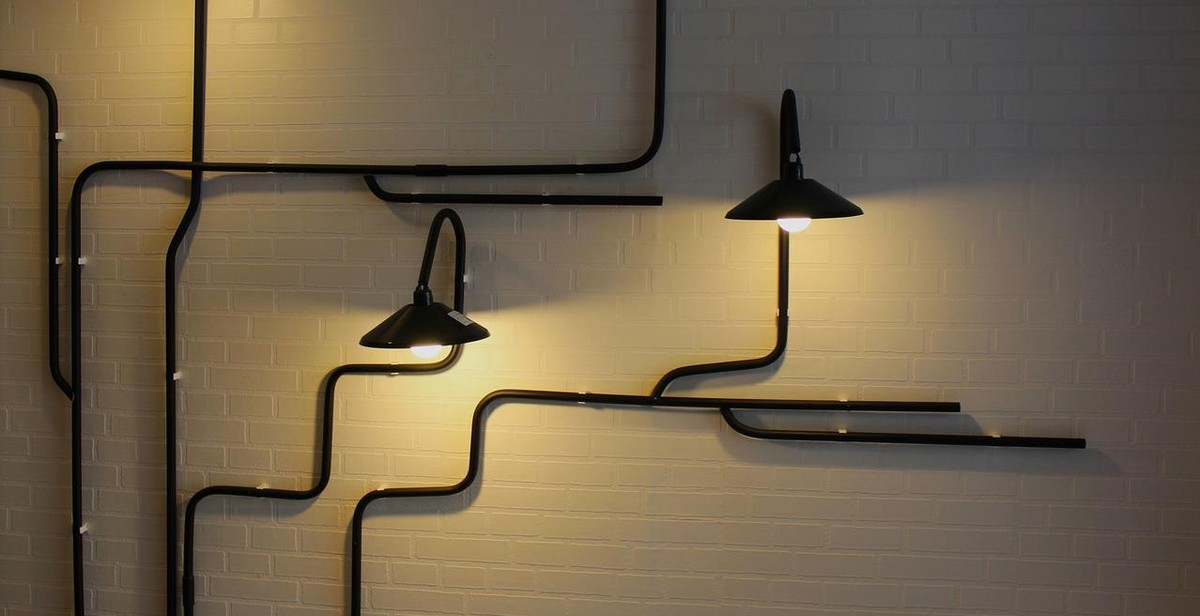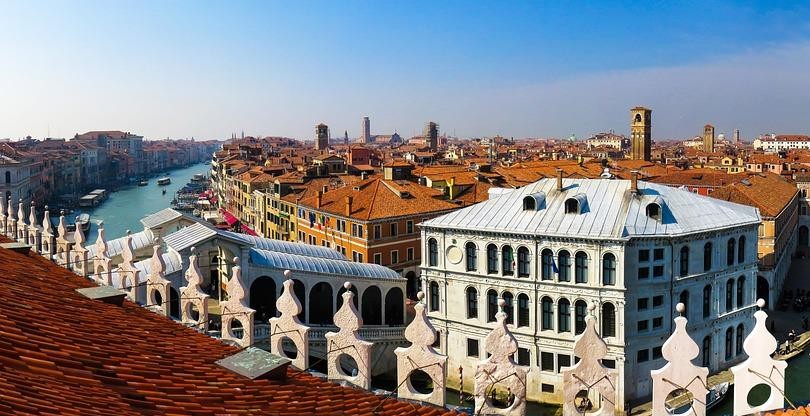Designing an Energy-Efficient Home: Tips for Sustainable Architecture
As a professional article writer and content creator, I have had the opportunity to work with several individuals and companies in the architecture and construction industry. One of the most common requests I receive is for tips on designing energy-efficient homes that are sustainable and environmentally friendly.
With the increasing awareness of climate change and the need to reduce carbon emissions, designing homes that are energy-efficient has become a top priority for architects, builders, and homeowners alike. An energy-efficient home not only helps to reduce the carbon footprint but also saves money on utility bills.
The Importance of Sustainable Architecture
Sustainable architecture is an essential aspect of designing an energy-efficient home. It involves using materials and technologies that have a minimal impact on the environment and promote energy conservation. Sustainable architecture also ensures that the home is healthy and comfortable for the occupants while reducing the amount of energy needed to run it.
Designing an Energy-Efficient Home: Tips and Strategies
In this article, I will share my personal experience and professional insights on designing an energy-efficient home. I will cover various tips and strategies that architects and builders can use to create homes that are sustainable, environmentally friendly, and energy-efficient.
- Passive Solar Design
- Insulation and Air Sealing
- Energy-Efficient Lighting and Appliances
- Renewable Energy Sources
- Water Conservation Strategies
By implementing these tips and strategies, architects and builders can create homes that are not only energy-efficient but also comfortable, healthy, and sustainable. Let’s dive in!

Understanding Energy Efficiency in Home Design
Energy efficiency refers to the use of energy in a way that maximizes the output while minimizing the input. In other words, it is the ability of a system or device to perform its intended function efficiently without wasting energy. In home design, energy efficiency involves the use of various techniques and technologies to reduce the amount of energy required to power a home.
What is Energy Efficiency?
Energy efficiency in home design involves the use of various techniques and technologies to reduce the amount of energy required to power a home. This includes the use of energy-efficient appliances, insulation, lighting, and HVAC systems. Energy-efficient homes are designed to minimize energy consumption, reduce greenhouse gas emissions, and lower utility bills.
Energy efficiency is achieved through a combination of passive and active design strategies. Passive design strategies include the use of natural light, proper orientation, and insulation, while active design strategies include the use of energy-efficient appliances, HVAC systems, and lighting.
Why is Energy Efficiency Important in Home Design?
Energy efficiency is important in home design for several reasons. Firstly, it reduces the environmental impact of a home by reducing greenhouse gas emissions. Homes are responsible for a significant portion of global greenhouse gas emissions, and energy-efficient homes help to reduce this impact.
Secondly, energy-efficient homes are more comfortable to live in. Proper insulation and ventilation can help to maintain a consistent temperature throughout the home, reducing the need for heating and cooling. This can also improve indoor air quality and reduce the risk of mold and mildew.
Thirdly, energy-efficient homes can save homeowners money on their utility bills. By using less energy, homeowners can significantly reduce their monthly energy bills, which can add up to significant savings over time.
| Benefits of Energy Efficiency in Home Design |
|---|
| Reduces greenhouse gas emissions |
| Improves indoor air quality |
| Reduces the risk of mold and mildew |
| Saves homeowners money on utility bills |
Overall, energy efficiency is an important consideration in home design. By using a combination of passive and active design strategies, homeowners can reduce the environmental impact of their home, improve comfort, and save money on their utility bills.
Tips for Designing an Energy-Efficient Home
Designing an energy-efficient home is not only beneficial to the environment, but it can also save you money on your energy bills in the long run. Here are some tips for sustainable architecture that can help you create an energy-efficient home:
1. Conduct a Home Energy Audit
Before designing an energy-efficient home, it is important to understand your current energy usage. Conducting a home energy audit can help you identify areas where energy is being wasted and where improvements can be made. You can hire a professional to conduct the audit or use a DIY home energy audit kit.
2. Use Passive Solar Design Principles
Passive solar design principles involve using the sun’s energy to heat and cool your home naturally. This can be achieved by incorporating features such as large south-facing windows, thermal mass, and shading devices. By using passive solar design principles, you can reduce your reliance on heating and cooling systems, which can save you money on your energy bills.
3. Install High-Quality Insulation
Proper insulation is essential for an energy-efficient home. It helps to keep your home warm in the winter and cool in the summer, reducing the need for heating and cooling systems. When choosing insulation, opt for high-quality materials such as spray foam or blown-in cellulose insulation. Make sure that your insulation is installed properly to prevent air leaks.
4. Choose Energy-Efficient Windows and Doors
Windows and doors are a major source of heat loss in a home. Choosing energy-efficient windows and doors can help to reduce your energy usage and save you money on your energy bills. Look for windows and doors that are Energy Star certified and have a low U-factor and solar heat gain coefficient.
5. Invest in High-Efficiency Heating and Cooling Systems
Investing in high-efficiency heating and cooling systems can also help to reduce your energy usage and save you money on your energy bills. Look for systems that are Energy Star certified and have a high efficiency rating. Consider using a geothermal heat pump or a ductless mini-split system, which can be more efficient than traditional heating and cooling systems.
6. Optimize Lighting and Electrical Systems
Lighting and electrical systems can also contribute to your energy usage. Optimize your lighting by using energy-efficient LED bulbs and installing motion sensors or timers. Consider using smart home technology to control your electrical systems and reduce your energy usage.
7. Incorporate Sustainable Materials and Building Practices
Finally, incorporating sustainable materials and building practices can help to reduce your environmental impact and create a healthier living environment. Use materials such as bamboo, reclaimed wood, and recycled materials. Consider using low-VOC paints and finishes to improve indoor air quality. Choose a builder who is committed to sustainable building practices.
| Tip | Description |
|---|---|
| Conduct a Home Energy Audit | Identify areas where energy is being wasted and where improvements can be made |
| Use Passive Solar Design Principles | Incorporate features such as large south-facing windows, thermal mass, and shading devices |
| Install High-Quality Insulation | Choose high-quality materials such as spray foam or blown-in cellulose insulation |
| Choose Energy-Efficient Windows and Doors | Look for Energy Star certified windows and doors with a low U-factor and solar heat gain coefficient |
| Invest in High-Efficiency Heating and Cooling Systems | Consider using a geothermal heat pump or a ductless mini-split system |
| Optimize Lighting and Electrical Systems | Use energy-efficient LED bulbs and install motion sensors or timers |
| Incorporate Sustainable Materials and Building Practices | Use materials such as bamboo, reclaimed wood, and recycled materials |

Conclusion
In conclusion, designing an energy-efficient home is not only beneficial for the environment but also for your wallet. By implementing sustainable architecture practices, you can reduce your energy consumption and save money on utility bills.
Start by selecting the right materials and technologies, such as high-performance insulation, energy-efficient windows, and LED lighting. Consider the orientation of your home and maximize natural light and ventilation. Use passive solar design and green roofs to regulate temperature and reduce heat loss.
It’s also important to invest in renewable energy sources, such as solar panels or wind turbines, to generate your own electricity and reduce reliance on fossil fuels.
Finally, work with a qualified architect or designer who has experience in sustainable architecture to ensure that your home is designed to the highest standards of energy efficiency.
By following these tips, you can create a beautiful and comfortable home that is environmentally friendly and energy-efficient.
| Key Takeaways: |
|
